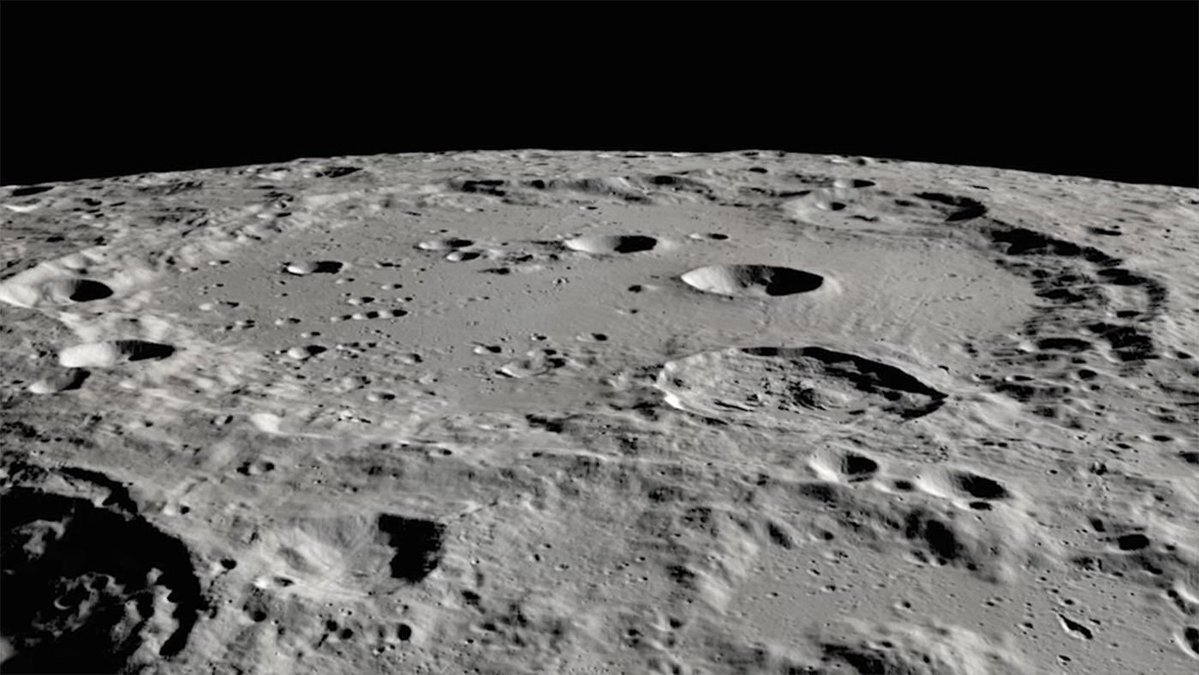There have been several interesting firsts in the NFT space over the last few years, but Jeff Koons’ latest art project and first entry into NFTs is about to set the bar astronomically high.
“Jeff Koons: Moon Phases,” a collaborative effort between NFMoon, 4Space, and Pace Gallery, will see a group of Koons’ sculptures sent to and installed on the surface of the Moon. The launch is scheduled to take place at launchpad 39A at Kennedy Space Center sometime later this year and will expand the scope of human culture and artwork to the scale of the solar system.
Each piece in the collection comprises both a physical sculpture and its corresponding, one-of-a-kind NFT. These artworks will make their landing on the Moon’s surface on an Intuitive Machines Nova-C Lunar Lander in a fully autonomous mission. The intended destination for the sculptures is in an area called Oceanus Procellarum, which is the largest of the Moon’s maria. These are the flat, dark plains of lower elevation that mark the Moon’s surface.
Koons’ project is presented by Pace Verso, Pace Gallery’s newly-established NFT platform, which has recently featured projects from Glenn Kaino, Urs Fischer, and DRIFT artists Lonneke Gordijn and Ralph Nauta.
Collaborating alongside them is Patrick Colangelo of NFMoon, a specialized digital art company working in the art-meets-astronomy domain, and Chantelle Baier of 4Space, a company involved with NASA and Intuitive Machines that designed the enclosed art cube that Koons’ sculptures will be placed in.
Pace Verso will present a limited number of the sculptures in the project for sale as NFTs. Proceeds from one of these initial sales will be donated to Doctors Without Borders (Médecins Sans Frontières) to support them in humanitarian missions around the world.
Why put sculptures on the Moon?
The project is undoubtedly grandiose, but some may indeed wonder where the idea to put art on the Moon came from in the first place and what this project means for humanity’s exploration of the cosmos and art itself.
“Jeff asked us to talk to [NFMoon and 4Space] and try to understand what that project was,” said Pace Gallery CEO Marc Glimcher in an interview with nft now. “We had really just started Pace Verso and were in a great position to have that conversation and start interpreting together how we could do something in this amazing arena. I’m a space fanatic. Jeff is an aspiration fanatic. It’s amazing and it’s part of what is going to start happening now with lunar missions. It’s going to be a decisive thing in human history.”
To Glimcher, an icon in the world of art collection and curation, the project represents a shift in how artists will be involved in various societal disciplines in the future.
“Artists are getting involved in everything in our world,” he explains. “That’s the point, that artists have a place at the table that they never had before.”
Koons, who is best known for his giant balloon-animal sculptures crafted from stainless steel, has said that the motivations behind the endeavor are rooted in “humanistic and philosophical thought,” with the core concepts of exploration and the transcendence of boundaries being central to this NFT project.
“I’ve always enjoyed the idea of creating a global art, art that really is about every human beings’ aspiration to have a more fulfilling life. To be able to touch on meaning, what it means to be a human being,” Koons explained in a video announcing the project.
Moon Phases is unique in more ways than one. While not the first NFT initiative to pair a physical object with its digital counterpart, the project allows its buyers to be the owners of something they will never have physical possession of, and more than likely will never get to see in person. This hybrid art ownership, one whose counterpart is located beyond the edge of any environment humans can themselves inhabit, is both symbolic and inspiring.
How NFTs are opening minds in the art world
Glimcher believes that Koons’ project is emblematic of larger trends in the NFT community and broader art world as well. Pace Gallery has a history of shirking tradition in favor of experimental approaches to how art is sold and seen, so this perspective comes as little surprise.
A prime example of this is when Glimcher and art dealer Mollie Dent-Brocklehurst developed a new business model for artists to profit from their work. Those efforts resulted in SuperBlue, a private exhibition concept in which ticketed revenue is shared between galleries and artists rather than those artists simply relying on museums purchasing their work as a method of financial compensation.
Believing that NFTs require a similar innovative lean, Glimcher advocates everyone keep a curious mind when engaging with them.
“NFTs ‘die’ a lot [in the media’s mind],” he notes sarcastically. “You’ve got to be open. You can’t feel like you know it all. The lesson we’re learning in the art world is to be open. You can’t confuse connoisseurship with complete inflexibility and prejudice. That doesn’t just apply to who is making the art, it’s applied to how the art gets made.”
It’s sound commentary. As the NFT community continues to evolve, galleries would do well to meet that community where it is and be willing to consider how people in this new and kinetic space operate. Pace Gallery is a great example of a storied art institution doing just that.
“I knew [Jean] Dubuffet when I was a kid,” says Glimcher, recalling childhood memories of visiting his studio once a year with his parents. “He used to say, ‘Beware the new art because you won’t recognize it.’ I tend to stick with his principles.”




